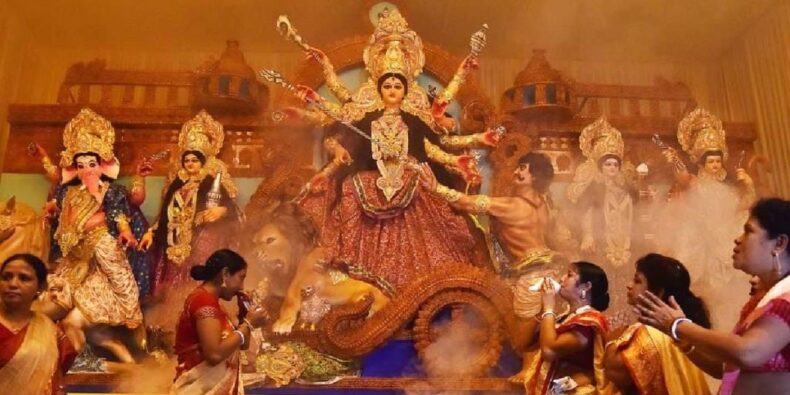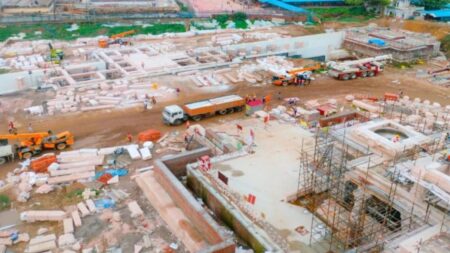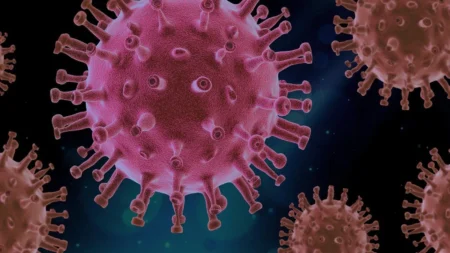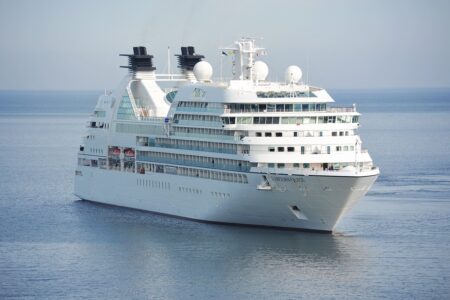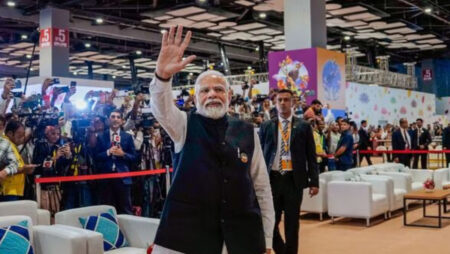Kolkata, 25th September: Durga Puja celebrations begin with Mahalaya, according to Bengali tradition. It is the day when the Goddess Durga arrives on Earth. Tarpan, another ritual that commemorates the short lifespan of humans on this planet, is also observed on Mahalaya.

Mahalaya marks the start of the ‘Devi Paksha‘ and the end of the ‘Pitri Paksha‘, which is a period of mourning dedicated to the ancestors on the paternal side of the family.
The Bengali community, which celebrates the annual Durga Puja with zeal and cultural zeal, believes that on Mahalaya, Goddess Durga begins her descent to Earth after defeating the evil demon ‘Mahishasura.’ Tarpan rituals are performed at Jagannath Ghat on the banks of the Hooghly River in Kolkata.
Because ‘shradh’ or death rites are performed during this period, which is a 16-day lunar event during which people pay homage to ancestors by offering food and water, Pitri Paksha is considered inauspicious.
The auspicious day is essentially a reminder of this victory, of courage, and of the universal truth that, in the end, good always triumphs over evil. Mahalaya is portrayed in West Bengal through songs, enactments, and dances on regional television channels.
Durga Puja celebrations begin about a week after Mahalaya. People believe that on this day, Goddess Durga begins her four-day journey from Mount Kailash, where she lives with her husband Lord Shiva, to her maternal home on Earth with her four children, Lord Ganesh, Lord Kartik, Goddesses Lakshmi, and Saraswati.
Read more: Durga Puja is now a part of UNESCO’s Intangible cultural heritage list







